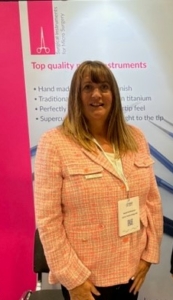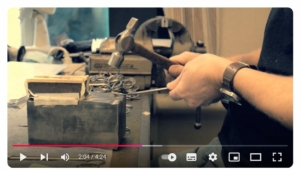Surgical instruments are indispensable tools in the realm of healthcare, playing a critical role in medical procedures that demand precision and accuracy.
To maintain their functionality and extend their lifespan, proper care and maintenance are essential. Surgeons and healthcare professionals must adhere to rigorous protocols for cleaning, sterilizing, and storing surgical instruments.
This article delves into the importance of surgical instrument care and outlines best practices to ensure their optimal performance.
1. Cleaning: The First Line of Defence
Proper cleaning is the foundation of surgical instrument care. Immediately after use, instruments should be thoroughly cleaned to remove blood, tissue, and other contaminants. Manual cleaning with a mild detergent or enzymatic cleaner is often the initial step. It is crucial to follow manufacturer guidelines for cleaning agents and techniques to prevent corrosion and damage.
Ultrasonic cleaners are commonly used in healthcare settings, employing high-frequency sound waves to dislodge debris from hard-to-reach areas. Automated washer-disinfectors are also valuable for large-scale cleaning, providing a standardized and efficient process.
2. Inspection and Quality Control
After cleaning, a meticulous inspection is imperative. Every instrument should be examined for signs of damage, wear, or malfunction. Hinges, joints, and cutting edges should be scrutinized to ensure they meet the manufacturer’s specifications. Any instrument showing signs of wear or damage should be promptly removed from circulation and either repaired or replaced.
Routine quality control measures, such as regular inspections and testing, help identify issues early on, preventing potential complications during surgery. Establishing a comprehensive quality management system contributes to the overall safety and efficiency of surgical procedures.
3. Sterilization: Eliminating Pathogens
Sterilization is a critical step to eliminate pathogens and ensure aseptic conditions in the operating room. There are various sterilization methods available, including steam autoclaving, ethylene oxide gas, and hydrogen peroxide plasma. Each method has its advantages and limitations, and healthcare facilities must select the most appropriate method based on the types of instruments and materials used.
Validation processes and routine monitoring of sterilization equipment are essential to guarantee the effectiveness of the sterilization process. Stringent adherence to sterilization protocols is crucial for preventing surgical site infections and other complications.
4. Proper Storage: Preserving Instrument Integrity
Once cleaned and sterilized, surgical instruments must be stored properly to maintain their integrity. Sterile packaging, such as peel pouches or wrapped trays, helps prevent contamination during storage. Instruments should be stored in a clean, dry, and well-ventilated environment, away from direct sunlight and harsh chemicals.
Implementing an organized system for instrument storage ensures quick and easy access, reducing the risk of damage during retrieval. Regular checks of storage areas for cleanliness and organization are vital components of a comprehensive surgical instrument care program.
5. Education and Training: Empowering Healthcare Professionals
Education and training are integral components of effective surgical instrument care. Healthcare professionals, including surgeons, nurses, and SSD technicians, should receive comprehensive training on proper handling, cleaning, and maintenance procedures. Ongoing education programs help keep staff updated on the latest advancements in instrument care and reinforce the importance of adherence to established protocols.
6. Choosing high-quality instruments
Finally, hospitals can help sterile services department staff to clean and maintain surgical instruments more effectively by investing in high-quality reusable surgical instruments. Not only will these be manufactured to minimise the risk of corrosion, they are also often designed to be taken apart for effective cleaning and servicing.



